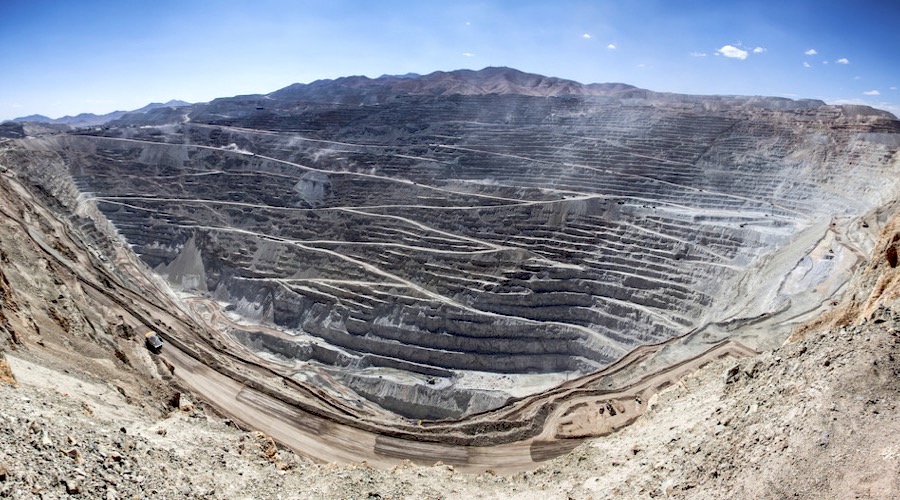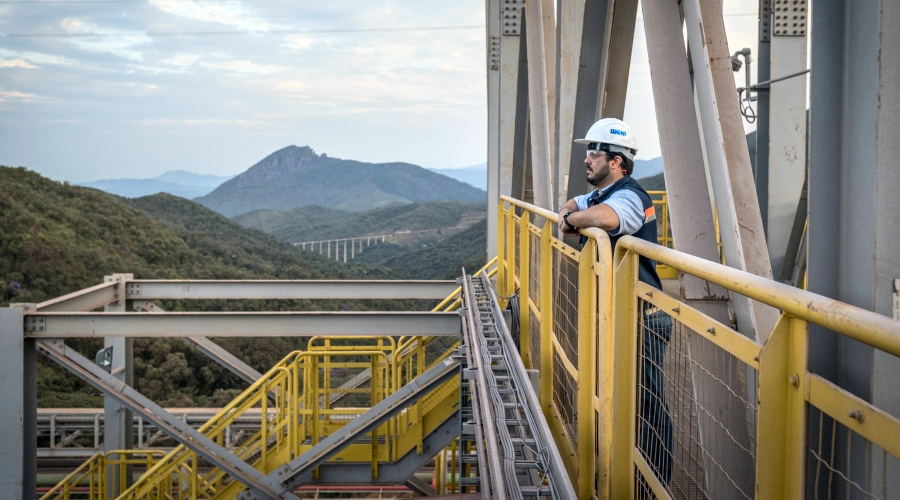Chile’s Codelco dismisses rumoured 40% copper output drop at Chuquicamata

Chile’s Codelco, the world’s No. 1 copper producer, has dismissed reports of a predicted 40% drop in production over the next two years due to declining ore grades and the switch of its flagship Chuquicamata mine to underground from open pit.
Instead, the miner says it is following a detailed plan that will allow it to keep copper output at current levels of around 1.7 million tonnes a year over the next decade.
“Codelco’s mine plan is based on existing mines and projects, which will progressively and systematically replace our current operations,” it said in a statement.
Media reports Thursday said production at Chuquicamata would drop to around 182,000 tonnes by 2021 from 459,000 tonnes this year.
The state-owned miner says it’s following a detailed plan that will allow it to keep copper output at current levels of around 1.7 million tonnes a year over the next decade
The fall would impact Codelco’s total production by around 4%, the reports stated.
The state-owned copper miner said that since mining at the open-pit mine ends in 2020, which is when the underground section begins commercial operations, it will able to keep productive capacity unchanged.
The $5.6 billion-switch of Chuquicamata to underground cave mining from open pit, part of Codelco’s 10-year, $39 billion-overhaul of its core assets, is expected to extend the mine’s life by at least 40 years.
Annual production from “Chuqui” — as it’s often referred as — after it has fully transitioned to underground extraction is projected to be 320,000 tonnes of fine copper and 15,000 tonnes of molybdenum.
Codelco, which hands over all of its profits to the state, holds vast copper deposits, accounting for 10% of the world’s known proven and probable reserves and about 11% of the global annual copper output with 1.8 million metric tonnes of production.
Chuquicamata and the nearby by Radomiro Tomic mines produced 653,000 tonnes of the company’s total 1.8 million tonnes of output last year, which was almost 4% less than in 2017.
Production decline, together with lower copper prices and higher costs, saw the company’s annual profits drop by a third last year to $2 billion, not counting paper losses worth almost $400 million, as it wrote down the value of its assets, including its Ventanas smelter and the open pit at its Salvador division.
Ugly trend
The world’s main copper producing nations have been showing output declines this year, according to the latest monthly bulletin from the International Copper Study Group (ICSG).
Global production declined 2.4% in February 2019, when compared to the same month last year, with 1,515kt (19,749ktpa) of contained copper produced globally.
Chile led the pack with output down 7.1 % y/y to 415.9kt (5,412ktpa) while Peru, the second main global producer, saw its output fall by 5.1% y/y to 176.1kt (2,296ktpa).
More News
{{ commodity.name }}
{{ post.title }}
{{ post.date }}




Comments